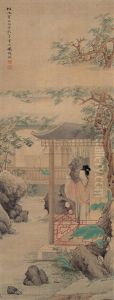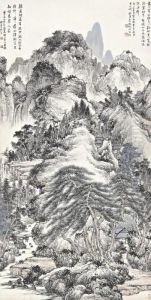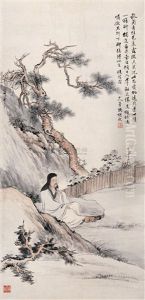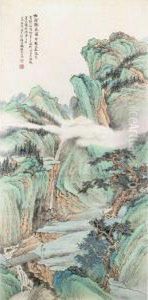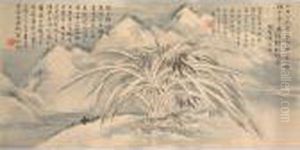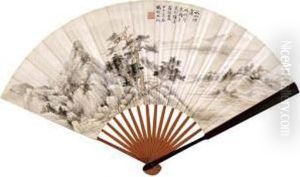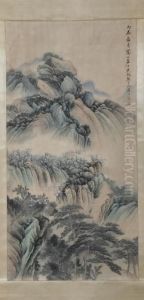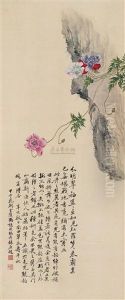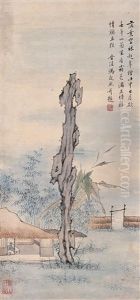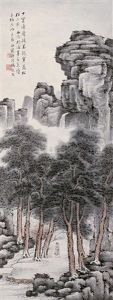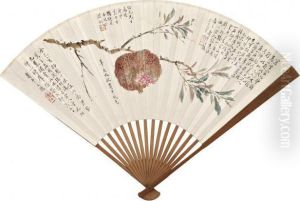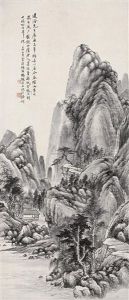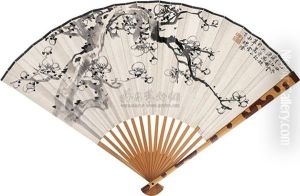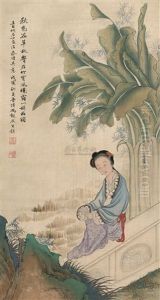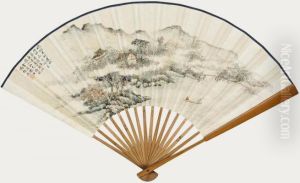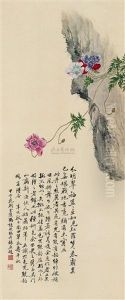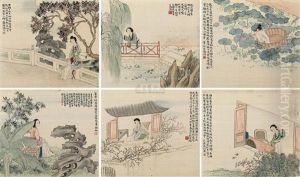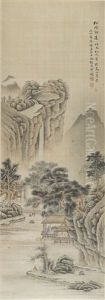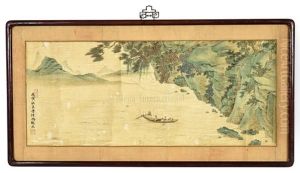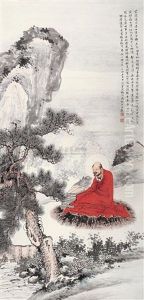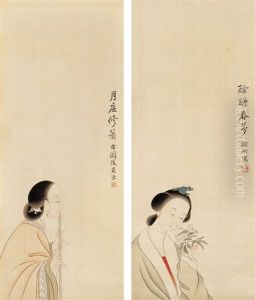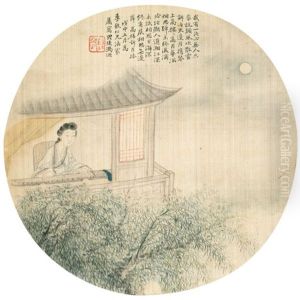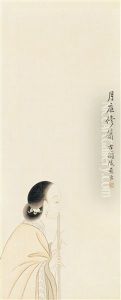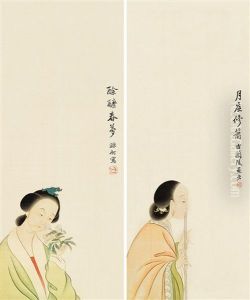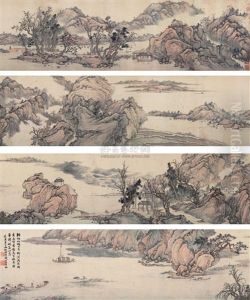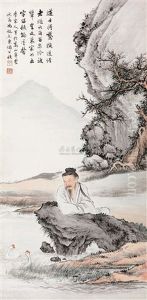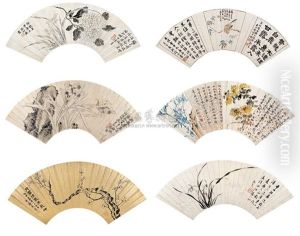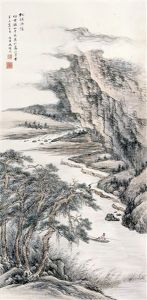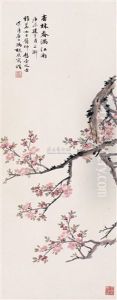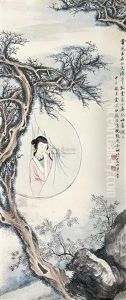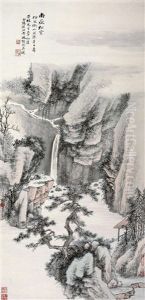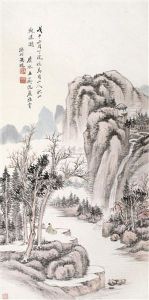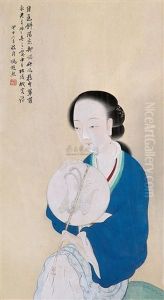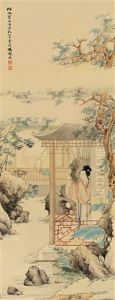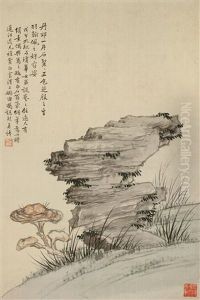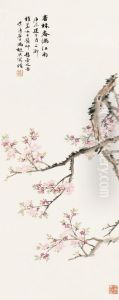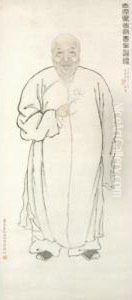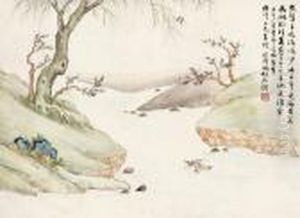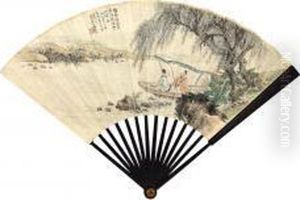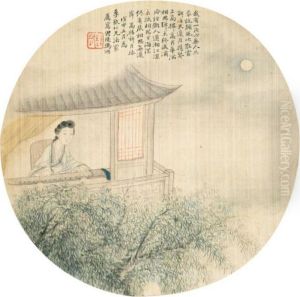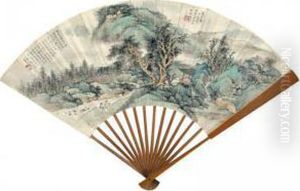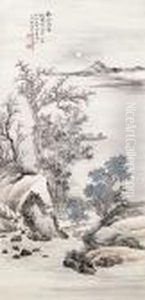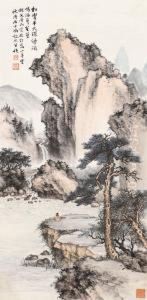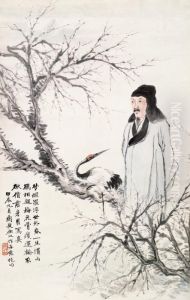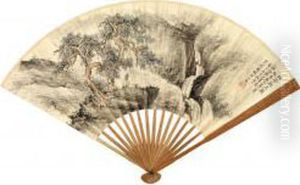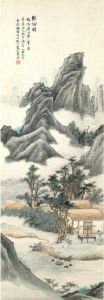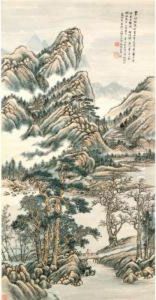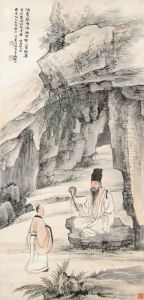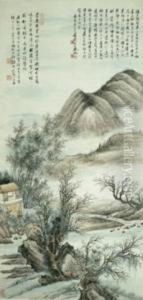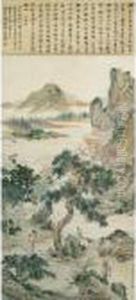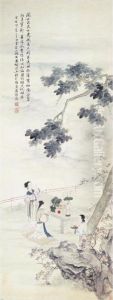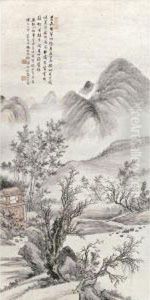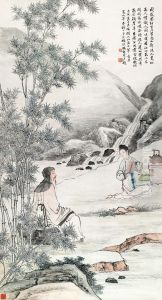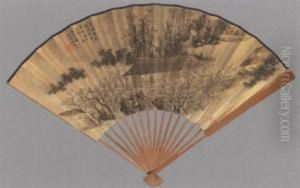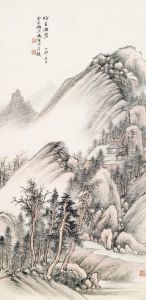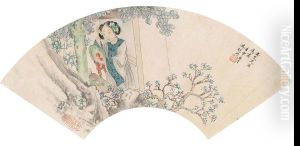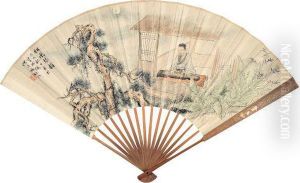Feng Chaoran Paintings
Feng Chaoran, also known as Feng Zikai, was a prominent Chinese artist, writer, and educator born on November 9, 1882, in Tongxiang County, Zhejiang Province. His style is often characterized by a unique blend of traditional Chinese painting and Western aesthetic principles, which he developed over the course of his career. He is particularly well-known for his innovations in the Manhua, or Chinese cartoon, which he infused with literary and philosophical content, making him a pioneer in the field.
Feng Chaoran studied at the Zhejiang School of Painting and later at the Shanghai School of Fine Arts, where he was influenced by the New Culture Movement that sought to modernize Chinese culture through the incorporation of Western ideas. His exposure to Western art and literature significantly impacted his artistic approach, leading him to experiment with new forms and techniques.
During the 1920s and 1930s, Feng became famous for his cartoons, which were published in various magazines and newspapers. These works often contained subtle social and political commentary, reflecting his concerns about the society of his time. His cartoons were not only humorous but also thought-provoking, blending satire with a deep humanism.
Aside from his work in cartoons, Feng Chaoran was also accomplished in traditional Chinese painting, excelling in landscapes, flowers, and figures. His style was marked by a gentle, lyrical quality that conveyed a sense of tranquility and contemplation. He was also an influential writer, penning essays and critiques that contributed to cultural discussions during a transformative period in China's history.
Throughout his life, Feng Chaoran was dedicated to education, believing in the power of art to elevate and enlighten society. He taught at various institutions, including the National Academy of Art in Hangzhou, where he influenced a new generation of Chinese artists.
Feng Chaoran's impact on Chinese art continued long after his death on September 15, 1954. His works remain celebrated for their unique style and cultural significance, and he is remembered as a figure who bridged the gap between traditional Chinese aesthetics and modern expression.
